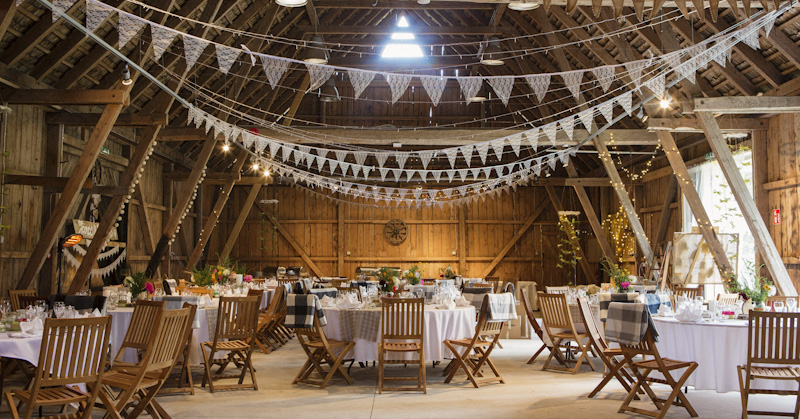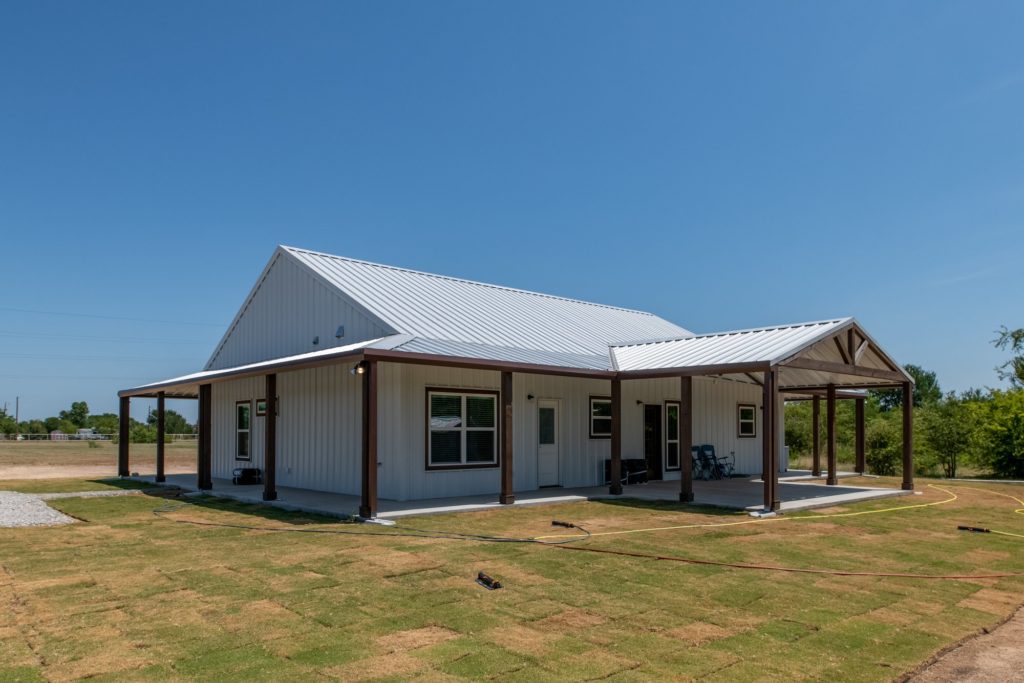Barndominium Builder and Layout Services: Customized Houses Developed to Last
Barndominiums Vs. Conventional Residences: an In-depth Comparison of Way Of Life and Performance
The decision between barndominiums and conventional homes includes various elements, including lifestyle preferences and functional requirements. Barndominiums are identified by their open formats and flexibility, often interesting those that focus on common living and flexibility. In contrast, traditional homes supply an even more structured environment, which may better serve family members looking for privacy and a feeling of history. As we check out the cost effects and ecological considerations, it comes to be clear that the option extends past simple appearances and performance; it invites a much deeper exploration of what absolutely defines a home.
Introduction of Barndominiums
Barndominiums, an unique real estate trend gaining popularity across various areas, mix the rustic beauty of barn-style style with the capability of modern-day home. These one-of-a-kind frameworks typically include a metal or wood structure, incorporating open floor strategies and high ceilings with energy-efficient attributes. Often situated on expansive country residential or commercial properties, barndominiums provide property owners the chance to delight in a serene lifestyle while offering enough room for various activities.
The flexibility of barndominiums prolongs past their aesthetic charm; they can serve as both living quarters and practical spaces for pastimes, workshops, or also small businesses. Their flexible style permits easy modification, suiting diverse family demands and preferences. Many owners appreciate the reduced upkeep requirements associated with steel home siding and roofing, adding to long-lasting toughness.

Attributes of Typical Homes
Highlighting classic design and comfort, typical homes are characterized by their distinct architectural styles, which usually reflect historical impacts and local visual appeals. Typical attributes consist of in proportion facades, gabled roofing systems, and a focus on craftsmanship, causing a cozy and inviting atmosphere.
Traditional homes often include components such as crown molding, wainscoting, and hardwood flooring, boosting their timeless charm. They commonly include multiple rooms with defined purposes, promoting family interaction while permitting privacy. view now. The design usually includes formal living and dining areas, which contribute to enjoyable visitors and organizing family members celebrations
Outside products such as block, timber, or rock are regularly made use of, adding to resilience and a sense of durability. Barndominium builder. Additionally, numerous conventional homes are developed with front patios or stoops, promoting a sense of community and connection with the neighborhood
Landscape design plays a significant role in traditional home design, with well-maintained yards and paths that improve visual charm - website. In general, standard homes symbolize a sense of nostalgia and stability, attracting those that value heritage and a much more organized living setting
Price Contrast
Commonly, a price contrast between barndominiums and conventional homes reveals significant distinctions in building and construction expenditures and general financial investment. Barndominiums, commonly built from metal or steel structures, commonly sustain reduced material and labor costs than traditional homes constructed from timber and brick. The simplified layout of barndominiums can convert to decreased construction times, further lowering labor expenses and speeding up occupancy.
Generally, the price per square foot for a barndominium ranges from $100 to $150, while conventional homes can differ commonly, generally dropping in between $150 and $300 per square foot, depending on area, products, and style complexity. This price difference makes barndominiums an appealing option for budget-conscious customers seeking bigger home without sacrificing top quality.
Furthermore, barndominiums might cause long-term cost savings through reduced maintenance prices, energy performance, and insurance policy rates. Their sturdy building products typically call for less maintenance in time contrasted to conventional homes. However, it is necessary to think about that while initial expenses might be lower for barndominiums, the last investment will certainly also depend upon specific customization and wanted facilities, which can affect the overall cost in both housing types.
Way Of Life and Room Considerations
When considering lifestyle and area, barndominiums use an one-of-a-kind flexibility that charms to a range of home owners. These hybrid structures combine property coping with useful space, commonly featuring open flooring strategies that can be adjusted to match private demands. This versatility is particularly advantageous for families or individuals seeking a personalized living environment, permitting varied uses such as home offices, workshops, or entertainment locations.

In addition, the aesthetic allure of barndominiums can deal with both rustic and contemporary preferences, making them a versatile selection for different layout choices (Barndominium builder). Eventually, the choice between a barndominium and a traditional home usually rests on just how well each option straightens with the homeowner's way of living aspirations and spatial needs, highlighting the relevance of considering personal concerns in the decision-making procedure
Environmental Effect and Sustainability
The ecological impact and sustainability of barndominiums existing engaging advantages compared to typical homes. Mainly built from steel and various other durable products, barndominiums are usually built utilizing recycled sources, reducing the demand for brand-new products and minimizing waste. Their style normally stresses open spaces, which can cause reduced energy usage for cooling and heating compared to typical homes with even more segmented formats.
Moreover, barndominiums can integrate lasting attributes such as photovoltaic panels, rainwater harvesting systems, and advanced insulation methods, improving their power performance. The versatility of their design enables home owners to incorporate these technologies more perfectly than in lots of traditional homes, which may require substantial advice retrofitting.
In addition, barndominiums usually require fewer resources for construction due to their simpler, much more effective styles. This not only reduces the carbon footprint related to building but also adds to a much more sustainable lifestyle. In comparison, typical homes might entail higher degrees of energy expenditure and source use throughout their lifecycle, from construction to upkeep. Generally, barndominiums stand for a forward-thinking strategy to sustainable living, straightening with modern ecological concerns.
Conclusion
In recap, the option between barndominiums and typical homes hinges on private lifestyle choices and functional demands. Barndominiums, with their open formats and sustainable products, cater to those looking for flexibility and common living.